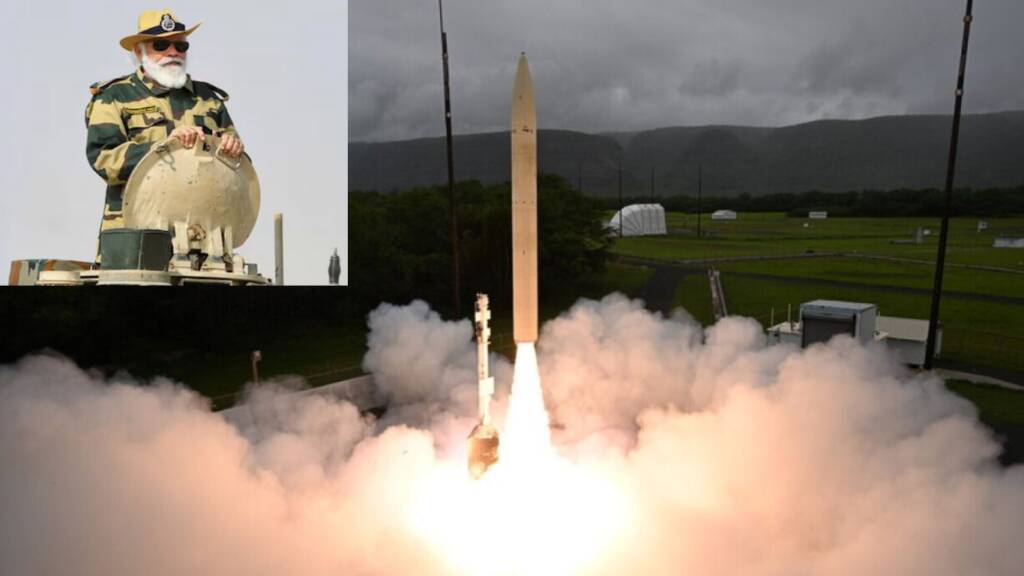India has marked a historic milestone in hypersonic technology with the successful testing of a scramjet engine that sustained combustion for over 1,000 seconds. Conducted by the Defence Research & Development Organisation (DRDO) at the Defence Research & Development Laboratory (DRDL) in Hyderabad, the test took place on April 25, 2025, at the newly established Scramjet Connect Test Facility.
This is not just a test—it is a turning point.
The 1000-second test follows an earlier 120-second success earlier this year and represents a quantum leap in India’s pursuit of hypersonic cruise missile technology. These missiles, capable of flying at Mach 5+ (over 6,174 km/h), are so fast they become nearly impossible to detect or intercept—making them ideal for precision strikes, strategic surprise, and credible deterrence.
To put India’s achievement in global perspective: Russia has sustained scramjet combustion for 77 seconds, the US for 240 seconds, and China for 600 seconds. India’s 1,000-second feat—16 minutes and 40 seconds of continuous hypersonic operation—puts it in a league of its own. No other nation has come close to this level of sustained performance.
Why it Matters
This breakthrough has profound implications. A 1,000-second scramjet capability translates to extended strike ranges of1,500 to 2,500 km. In practical terms, it means India can deliver hypersonic strikes on nearby adversaries within minutes—without being tracked or intercepted. The ultra-high speeds allow these missiles to evade even the most advanced radar and air defence systems, enhancing both survivability and effectiveness.
Moreover, this achievement underscores India’s growing technological independence. The scramjet system is entirely indigenously developed—making India self-reliant in a field where only a few nations even compete. It also opens doors for defence exports, strengthening India’s position as a key player in global arms markets.
DRDO has not merely matched global powers—it has surpassed them. And it has done so with indigenous technology, frugal innovation, and precision engineering. This is Make in India—flying at Mach 5.
From HSTDV to Hypersonic Readiness
The roots of this achievement lie in the Hypersonic Technology Demonstrator Vehicle (HSTDV) program, which laid the groundwork for sustained air-breathing, kerosene-fueled hypersonic flight. The HSTDV featured a hypersonic cruise vehicle mounted on a rocket launch vehicle. At an altitude of 30–35 km and speeds of Mach 6.5, the cruise vehicle separated from the launch platform, discarded aerodynamic fairings, and ignited its scramjet engine—achieving a 20-second hypersonic flight in earlier trials.
Building upon that foundation, DRDL has now created a next-generation scramjet-powered system capable of sustaining combustion far beyond what was previously thought possible. This positions India to develop fully operational hypersonic cruise missiles, integrate them with nuclear and conventional platforms, and deploy them from land, sea, and air.
Geopolitical Significance
This development is not just about weapons—it’s about strategic signaling. Pakistan is likely watching with unease, while China and the West will be reassessing India’s position in the hypersonic race. Because hypersonic technologies are not only about speed—they represent deterrence, dominance, and strategic credibility.
India is no longer playing catch-up. It is leading the race—in technology, ambition, and execution. With scramjets blazing at Mach 5+, India is ready to soar in tricolour into a new era of aerospace capability and geopolitical clout.
